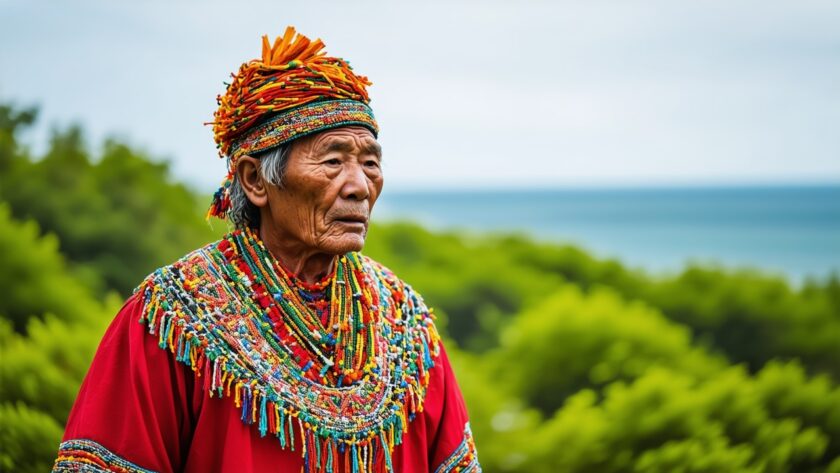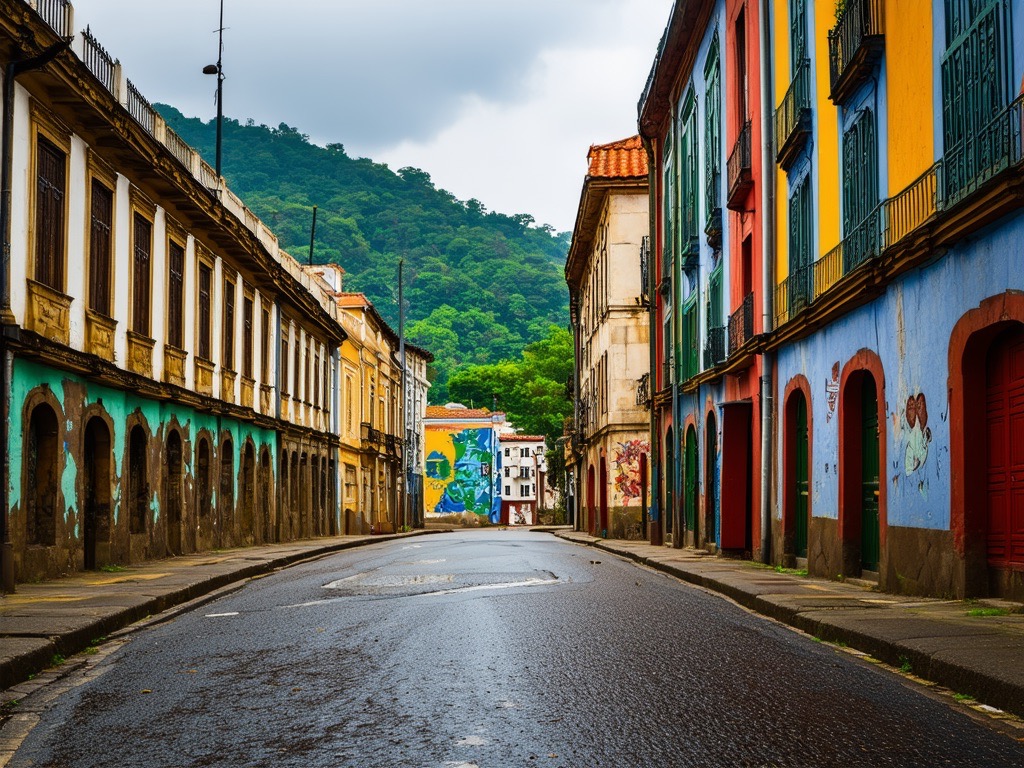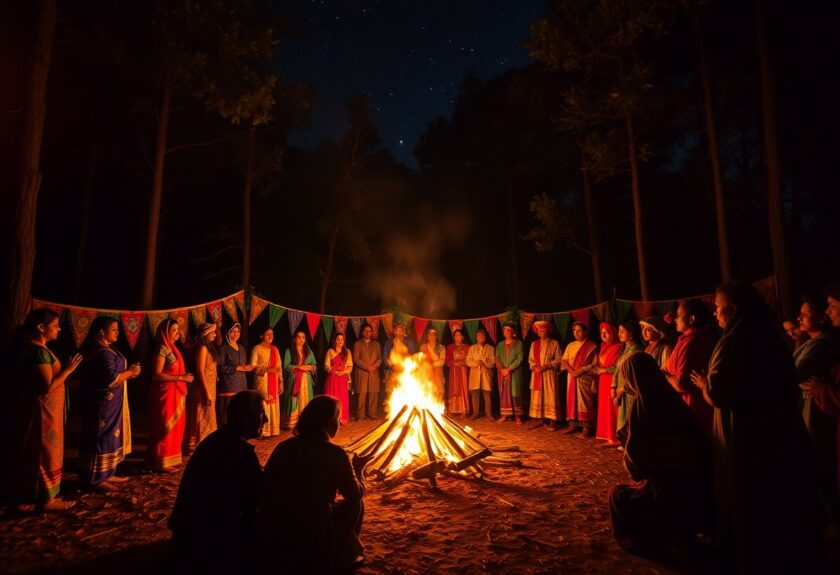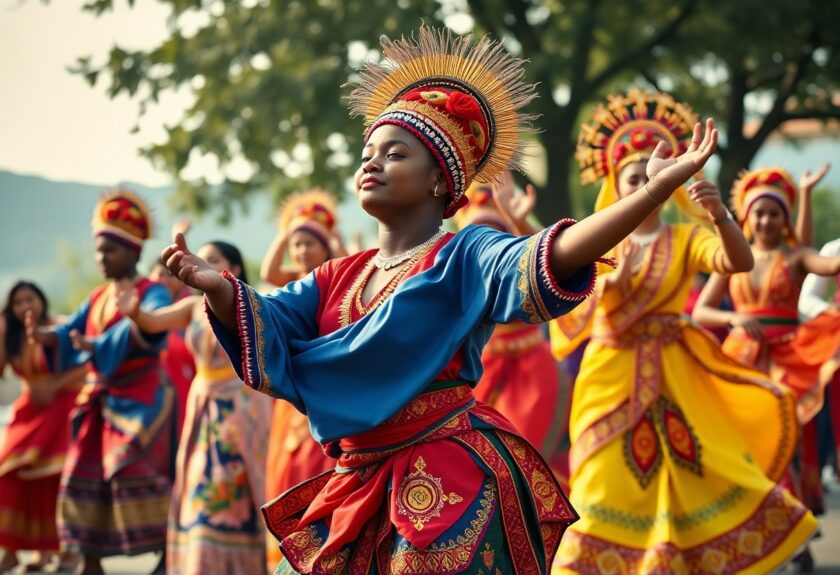Brazil, a land of vibrant cultures and rich histories, is often celebrated for its stunning landscapes and diverse population. The journey through Brazil’s past reveals a complex narrative shaped by colonization, the struggle for identity, and the resilience of its people. This blog post delves into the historical and cultural significance of Brazil, particularly focusing on the coastal region known as Costa de Descobrimento, the impact of colonization, and the enduring legacy of African traditions.
The Birth of a Colony
The Costa de Descobrimento, or the Coast of Discovery, marks the arrival of Portuguese explorers in the early 16th century. Led by Pedro Álvares Cabral, the Portuguese established their first settlement, Santa Cruz Cabrália, in April 1500. This site not only became a colony but also a hub of construction and trade, featuring a harbor, warehouses, and a church. However, the Portuguese faced fierce resistance from the indigenous Tupi people, which led them to expand their settlements to other regions like Rio de Janeiro and Salvador de Bahia.
As the initial fervor of colonization waned, the area fell into a state of neglect, only to be revitalized by a second wave of conquest. This resurgence attracted various settlers, including a Bavarian innkeeper who welcomed guests from the German national football team, showcasing the blend of cultures that would come to define the region.

Indigenous Rights and Cultural Heritage
The indigenous population, particularly the Pataxó people, has a significant presence in the Costa de Descobrimento. These communities, descendants of the original inhabitants, have fought for recognition and rights within the tourism industry. Their connection to the land and nature is evident, as they strive to preserve their cultural heritage amidst the encroachment of modernity.
Visitors to the region can engage with indigenous communities, gaining insights into their traditions and struggles. The Pataxó, who reside in the remnants of the rainforest, emphasize their rights as original inhabitants and seek a share in the benefits of tourism. This interaction highlights the importance of respecting and acknowledging indigenous cultures in the broader narrative of Brazil’s history.
The Afro-Brazilian Influence
Brazil’s cultural landscape is profoundly shaped by its African heritage, particularly in Salvador de Bahia, where the African diaspora has left an indelible mark. The city is a vibrant center for Candomblé, an Afro-Brazilian religion that blends African spiritual practices with Catholicism. The worship of deities, known as Orixás, is a testament to the resilience of African traditions in the face of colonial oppression.
One of the most revered deities is Yemanjá, the goddess of the sea, who symbolizes motherhood and the origins of life. Her festival attracts thousands of devotees who offer flowers and gifts to the ocean, hoping to receive blessings in return. This celebration not only honors Yemanjá but also serves as a powerful reminder of the African roots that continue to thrive in Brazilian culture.
The legacy of slavery in Brazil is a painful chapter in its history, with millions of Africans forcibly brought to the country. Despite the brutal conditions, enslaved individuals managed to preserve their cultural identities, often merging them with Christian beliefs. This syncretism is evident in the rituals and practices of Candomblé, where African traditions coexist with Catholic elements.
The Struggle for Identity and Recognition
The historical context of Brazil’s colonization and the subsequent African influence has led to a complex struggle for identity among its people. The legacy of slavery and the ongoing social issues, including crime and poverty, continue to affect communities, particularly in urban areas like Rio de Janeiro. The favelas, often associated with crime, are also centers of cultural expression, where music, dance, and community solidarity flourish.
Capoeira, a martial art that combines elements of dance and self-defense, emerged as a form of resistance among enslaved Africans. It symbolizes the fight for freedom and cultural identity, transcending its origins to become a celebrated aspect of Brazilian culture. Today, capoeira schools not only teach the art form but also serve as community hubs, providing opportunities for youth and fostering a sense of belonging.
The Modern Brazilian Experience
As Brazil prepares for global events like the World Cup and the Olympics, the juxtaposition of its rich cultural heritage and contemporary challenges becomes increasingly apparent. The government’s efforts to improve infrastructure and security often overlook the needs of marginalized communities. The stark contrast between the affluent areas and the favelas highlights the ongoing social disparities that persist in Brazilian society.
Despite these challenges, the spirit of resilience and cultural pride remains strong. Initiatives like Olodum, a cultural organization that promotes Afro-Brazilian music and social justice, exemplify the power of community engagement in addressing social issues. Through music and education, Olodum fosters a sense of identity and pride among young people, empowering them to embrace their heritage while striving for a better future.
Conclusion
Brazil’s history is a tapestry woven from the threads of colonization, indigenous resilience, and African heritage. The Costa de Descobrimento serves as a microcosm of this narrative, where the past and present intersect in a vibrant cultural landscape. As Brazil continues to navigate its complex identity, the stories of its people—indigenous, Afro-Brazilian, and beyond—remind us of the importance of acknowledging and celebrating the diverse influences that shape this remarkable nation. Through understanding and appreciation, we can honor the rich cultural heritage of Brazil and support its ongoing journey toward equity and recognition.




